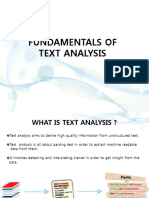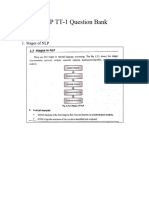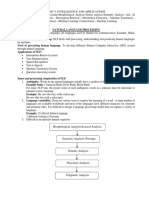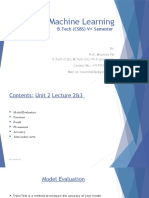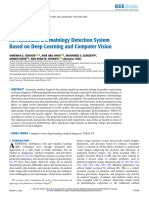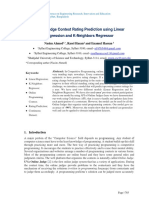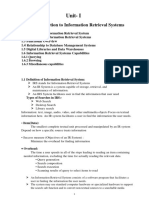0% found this document useful (0 votes)
9 views56 pagesNLP Notes
The document provides an overview of Natural Language Processing (NLP), including its definition, applications, and key processes such as segmentation, tokenization, stemming, and lemmatization. It discusses components of NLP like Natural Language Understanding (NLU) and Natural Language Generation (NLG), as well as challenges such as ambiguity and irregularity in language. Additionally, it covers morphological models and syntax analysis, highlighting the importance of understanding word structure and parsing in NLP.
Uploaded by
Rida kaunainCopyright
© © All Rights Reserved
We take content rights seriously. If you suspect this is your content, claim it here.
Available Formats
Download as DOCX, PDF, TXT or read online on Scribd
0% found this document useful (0 votes)
9 views56 pagesNLP Notes
The document provides an overview of Natural Language Processing (NLP), including its definition, applications, and key processes such as segmentation, tokenization, stemming, and lemmatization. It discusses components of NLP like Natural Language Understanding (NLU) and Natural Language Generation (NLG), as well as challenges such as ambiguity and irregularity in language. Additionally, it covers morphological models and syntax analysis, highlighting the importance of understanding word structure and parsing in NLP.
Uploaded by
Rida kaunainCopyright
© © All Rights Reserved
We take content rights seriously. If you suspect this is your content, claim it here.
Available Formats
Download as DOCX, PDF, TXT or read online on Scribd
/ 56





















